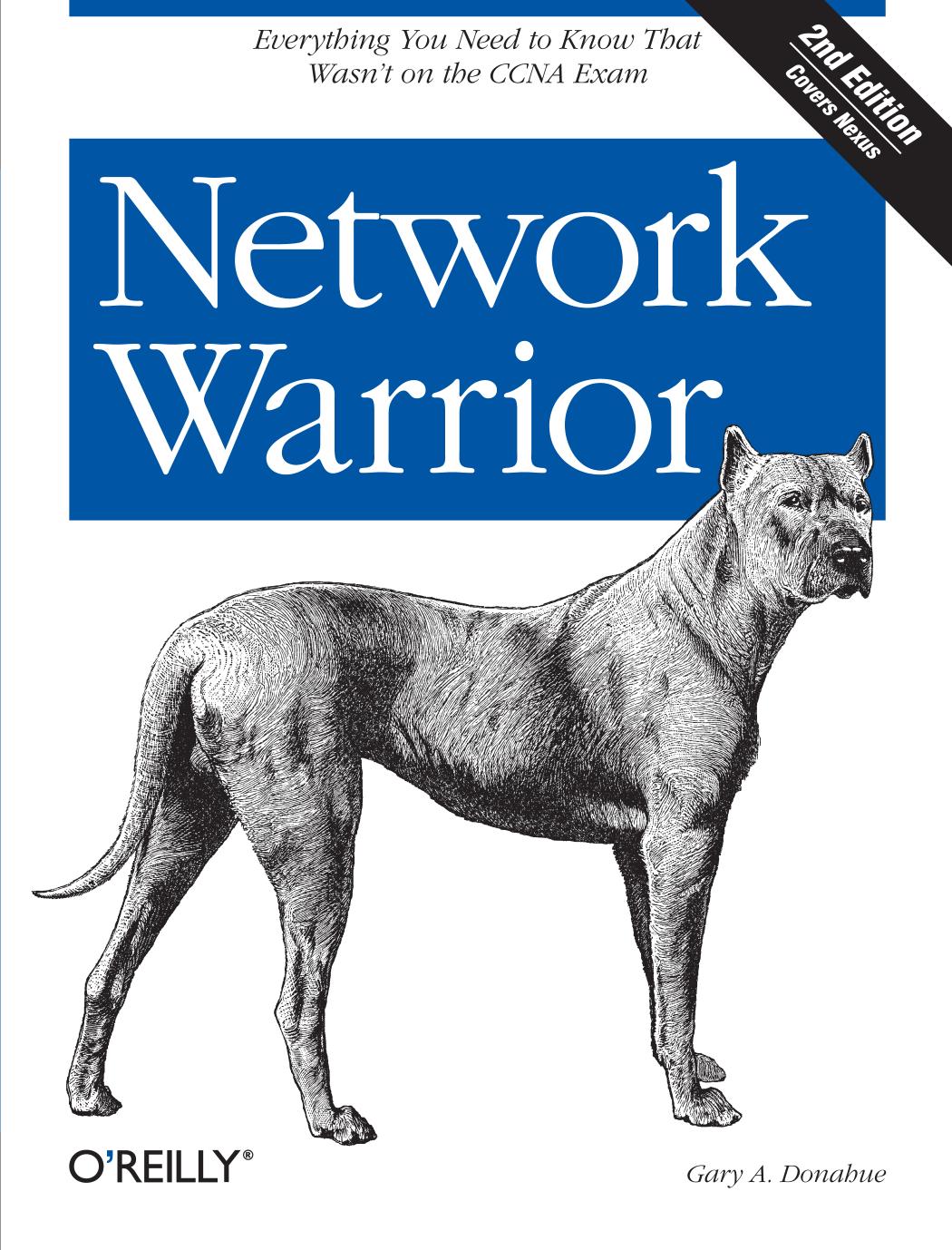Network Warrior by Gary A. Donahue

Author:Gary A. Donahue
Language: eng
Format: mobi, epub, pdf
Tags: Reference:Computers
ISBN: 9780596101510
Publisher: O'Reilly Media
Published: 2008-12-17T10:00:00+00:00
Frame-Relay Subinterfaces
Sometimes, having two PVCs terminating on a single interface is not what you want, but, as we've seen, having a physical interface for each PVC is not beneficial for cost reasons. For example, with the network in Figure 22-11, each PVC terminates into a single interface. If you ran a routing protocol on these routers, Router B would advertise itself, but Router A would not advertise this route out to Router C because of the split-horizon rule. Splitting the PVCs into separate interfaces would allow the routing protocol to advertise the route, because the split-horizon rule would no longer apply.
Cisco routers have a feature called subinterfaces that solves this problem. In a nutshell, you're able to configure virtual interfaces for each PVC. These virtual interfaces are named after the physical interfaces on which they are found. For example, a subinterface derived from S0/0 might be called S0/0.100. The subinterface number is user-definable, and can be within the range of 1 to 4,294,967,293. I like to name subinterfaces according to the DLCIs mapped to them.
There are two types of subinterfaces: point-to-point and multipoint. Point-to-point subinterfaces can have only one DLCI active on them, while multipoint subinterfaces can have many. Multipoint subinterfaces behave in much the same way that physical interfaces do: you can have a mix of point-to-point and multipoint subinterfaces on a physical interface. It is even possible to have some DLCIs assigned to subinterfaces, and others to the physical interface.
As mentioned earlier, one of the main benefits of frame-relay subinterfaces is the elimination of split-horizon issues with routing protocols. Creating multiple point-to-point subinterfaces, and assigning each of the PVCs to one of them, enables each PVC to be considered a different interface. Subinterfaces are created with the global interface command. Specify the name you'd like the subinterface to have, along with the keyword point-to-point or multipoint:
Router-A(config)#int s0/0.102 point-to-point
Router-A(config-subif)#
You're now in interface configuration mode for the newly created subinterface, and can configure this subinterface as you would a physical interface.
Download
Network Warrior by Gary A. Donahue.epub
Network Warrior by Gary A. Donahue.pdf
This site does not store any files on its server. We only index and link to content provided by other sites. Please contact the content providers to delete copyright contents if any and email us, we'll remove relevant links or contents immediately.
Grails in Action by Glen Smith Peter Ledbrook(9163)
Sass and Compass in Action by Wynn Netherland Nathan Weizenbaum Chris Eppstein Brandon Mathis(8808)
Azure Containers Explained by Wesley Haakman & Richard Hooper(7431)
Configuring Windows Server Hybrid Advanced Services Exam Ref AZ-801 by Chris Gill(7428)
Kotlin in Action by Dmitry Jemerov(7262)
Running Windows Containers on AWS by Marcio Morales(6969)
Microsoft 365 Identity and Services Exam Guide MS-100 by Aaron Guilmette(5394)
Microsoft Cybersecurity Architect Exam Ref SC-100 by Dwayne Natwick(5202)
Combating Crime on the Dark Web by Nearchos Nearchou(4974)
The Ruby Workshop by Akshat Paul Peter Philips Dániel Szabó and Cheyne Wallace(4660)
Management Strategies for the Cloud Revolution: How Cloud Computing Is Transforming Business and Why You Can't Afford to Be Left Behind by Charles Babcock(4524)
Python for Security and Networking - Third Edition by José Manuel Ortega(4228)
The Age of Surveillance Capitalism by Shoshana Zuboff(4209)
Learn Wireshark by Lisa Bock(4103)
The Ultimate Docker Container Book by Schenker Gabriel N.;(3884)
Learn Windows PowerShell in a Month of Lunches by Don Jones(3681)
DevSecOps in Practice with VMware Tanzu by Parth Pandit & Robert Hardt(3560)
Windows Ransomware Detection and Protection by Marius Sandbu(3537)
Blockchain Basics by Daniel Drescher(3500)
